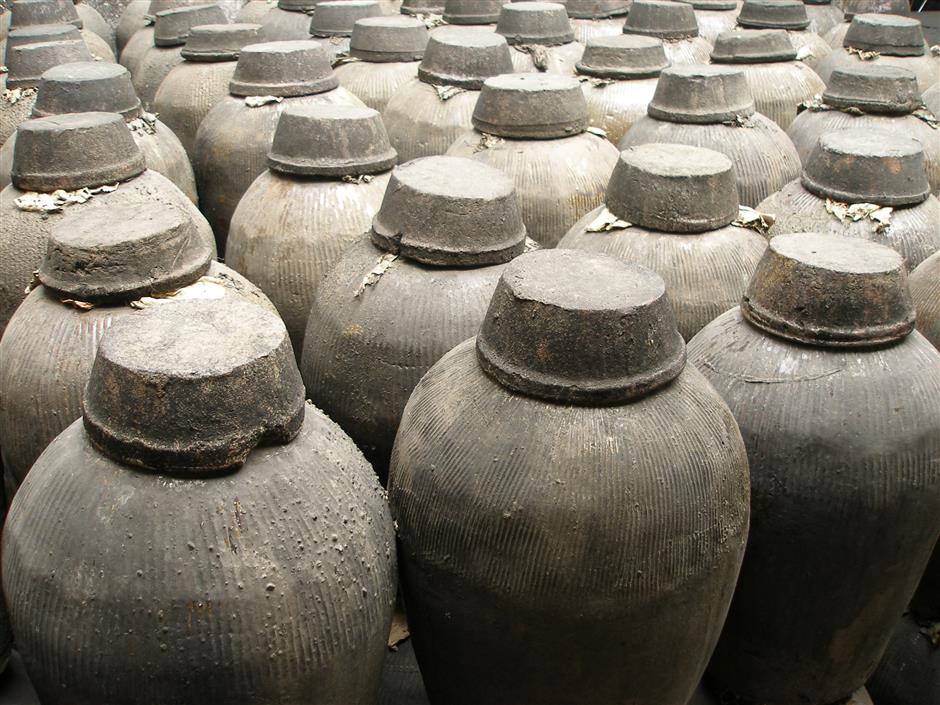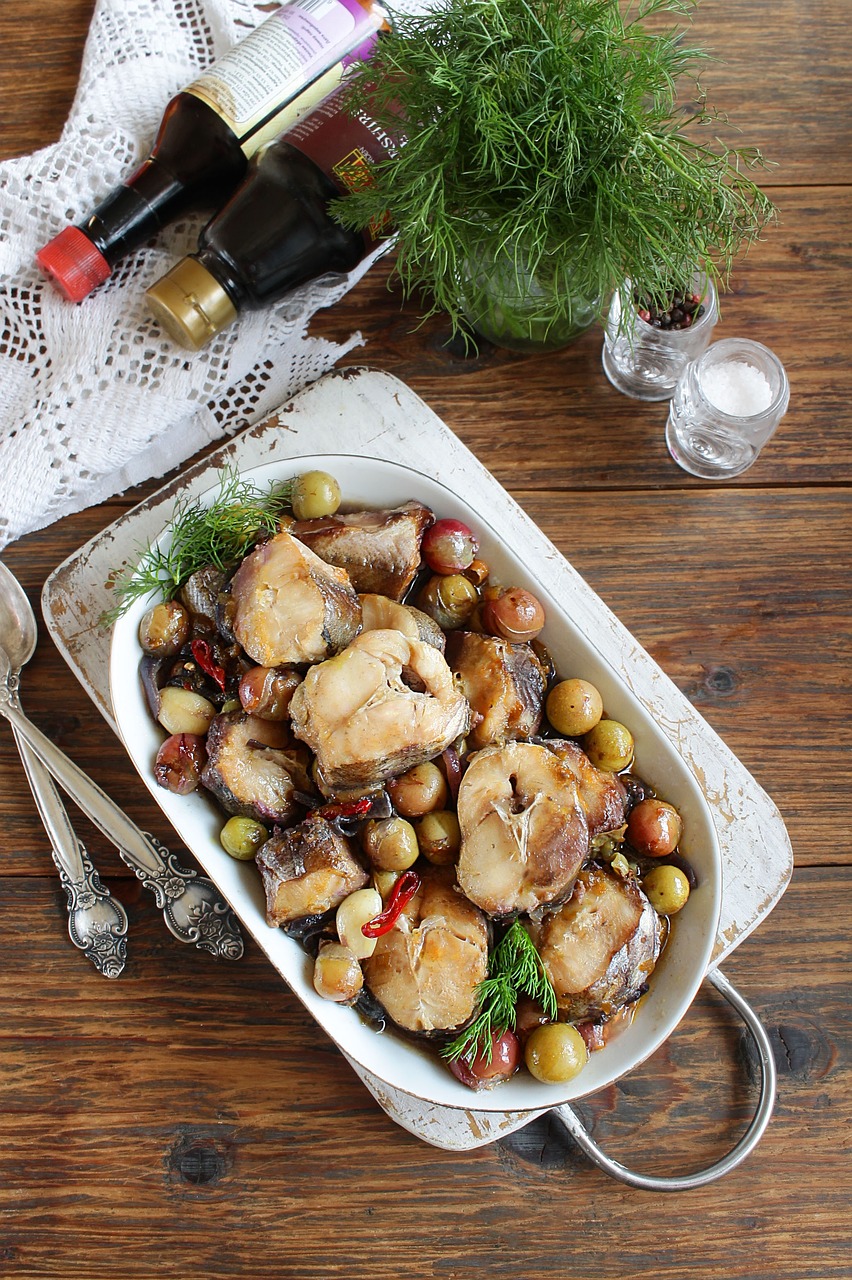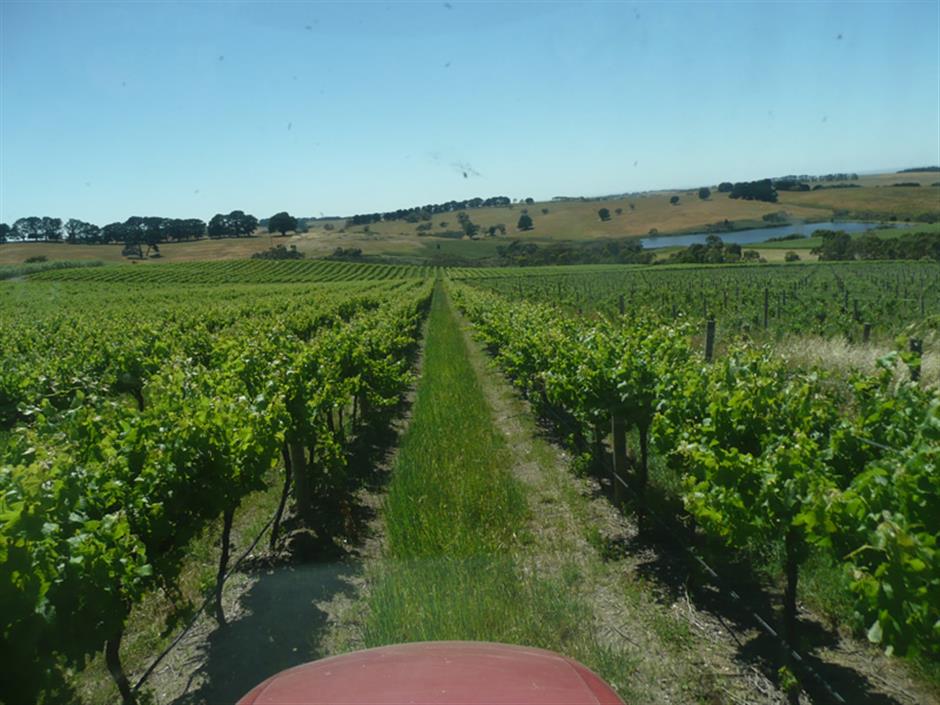Summary
Through the sucessive millenniums, rice spread south to the Hmong-Mien Daxi culture, west to the Tibetan Plateau and east to Taiwan then onward to the Philippines and other Southeast Asia islands. Inhabitants of the Indian subcontinent cultivated rice as early as 4,000-5,000 BC. Greece and neighboring Mediterranean cultures were most likely introduced to the grain by returning members of Alexander the Great’s expedition to India (344-324 BC). Etymologically, the English word rice derives from the French ris and progressively in turn stems from the Italian riso, Latin orizo and Greek oruzo.
Today’s iDEAL feature story explores the delectable world of rice cakes, so I decided to take readers on a different but related journey that looks at the story of rice wine.
The oldest archeological evidence of rice wines dates back to the Neolithic Yangshao Culture 6,000 years ago. Many historians speculate that the first fermented rice wine may well have been brewed even earlier. Throughout the ages Chinese chefs embraced and liberally used fermented rice wine to embellish many of China’s most treasured dishes. This is especially true of the greatest of all rice wines — Shaoxing wine.
Dating back to the Spring and Autumn Period (770-476 BC), Shaoxing wine has long been one of the most sought-after rice wines in China. The wine permeates Chinese history occupying a prominent place in many of the most famous tales and legends of ancient China. During the Warring States Period (475-221 BC), Gou Jian of the Yue State used the wines to fortify his soldiers and incentivize his citizens to procreate. Families who had a son were given two pots of Shaoxing wine and a dog, while families who had daughters were bestowed with two pots of wine and a pig. In the Western Han Dynasty (202 BC-AD 8), Shaoxing wine became the earliest known wine to have official yield restrictions.
Poets of the Tang Dynasty (AD 618-907) were especially enamored of this amber-red nectar. Notable imbibers included Li Bai, He Zhizhang, Du Fu, Bai Juyi and Meng Haoran, who collectively were inspired and enlighten by China’s most famous rice wine. Over many centuries, progressive advances in technique and the damming of waters from the Kuaijishan Moutain natural springs to increase the capacity of Jianhu Lake resulted in ever higher levels of quality. The special qualities of the water from Jianhu Lake are an especially important quality discriminator. In the 19th century, Shaoxing wine was officially recognized by the Qing Dynasty (1644-1911) rulers as one of China’s ten national famous products and an official classification was established.
Usually consumed at room temperature or even warmed, these wines can also be enjoyed slightly chilled. Shaoxing wines are usually served in small glasses that resemble shot glasses or in porcelain bowls, but I much prefer a Sauvignon Blanc wine glass because the ampler bowl of the glass better showcases the wonderful fragrances and flavors of the wine. The best examples of Shaoxing wines are quite fragrant, soft on the palate with impressive complexity and good length. Like many top wines, Shaoxing wines improve with aging. Some of the best wines are aged 20 years or longer.
Another fascinating aspect about Shaoxing wine is that it shares a kindred spirit in the west; nother than the indominable Sherry. I’ve done countless Sherry tastings throughout China, and each and every time numerous participants enthusiastically exclaim, “wow, this tastes just like Shaoxing wine.”
Shaoxing wines and Sherry wines admittedly have different ingredients, production methods and histories. Nonetheless they also have much in common. The aromatic, taste and tactile profiles can be remarkably similar. The alcohol content of both wines is comparable, usually 15 percent or higher. They are widely used in cooking and essential ingredients in many of their culinary cultures’ most famous dishes.
Varying from bone dry to extremely sweet and from pale straw yellow to brownish-black in color, Sherry wines have a wider range of styles than Shaoxine wines. However, from the lighter hued and more delicate Manzanilla and Fino Sherries to the darker Oloroso and Cream Sherries, most Sherries share common aromatic and taste qualities with Shaoxing wines.
Amontillado is a very special style of Sherry that starts its life as a Fino Sherry undergoing biological aging and then goes through the oxidative aging process that bequeaths extra color, weight and complexity. Combining the finesse of Manzanilla and Fino wines with the power and intensity of Olorso wines, Amontillado is considered by some as the most elegant and expressive of Sherries. The wine usually features a bright amber color with sophisticated aromatics, flavors suggestive of stewed fruits and hazelnuts and a smooth lasting finish. Unlike Shaoxing wines, Amontillado wines should always be served chilled, preferably between 10-12 Celsius.
Finally, both Shaoxing and Amontillado wines pair beautifully with a remarkably broad range of Chinese dishes from seasonal fresh water classics like hairy crabs with aged vinegar and steamed hilsa herring in fermented rice and Shaoxing wine sauce to hearty meat dishes like red-cooked braised pork belly, braised beef brisket and tendon and also pan-fired pork liver.
Where to buy in Shanghai
Shen Yonghe Shop, 2193 Xietu Rd, 5037-3370
Kuai Ji Shan Shaoxing 20 Year Old
Kuai Ji Shan Shaoxing 12 Year Old
www.yesmywine.com (website)
Gonzalez Byass Del Duque Amontillado VORS 30 years
Gonzalez Byass Vina AB Amontillado 12 years
www.asc-wines.com (importer)
Lustau Los Arcos Dry Amontillado Solear Reserva





